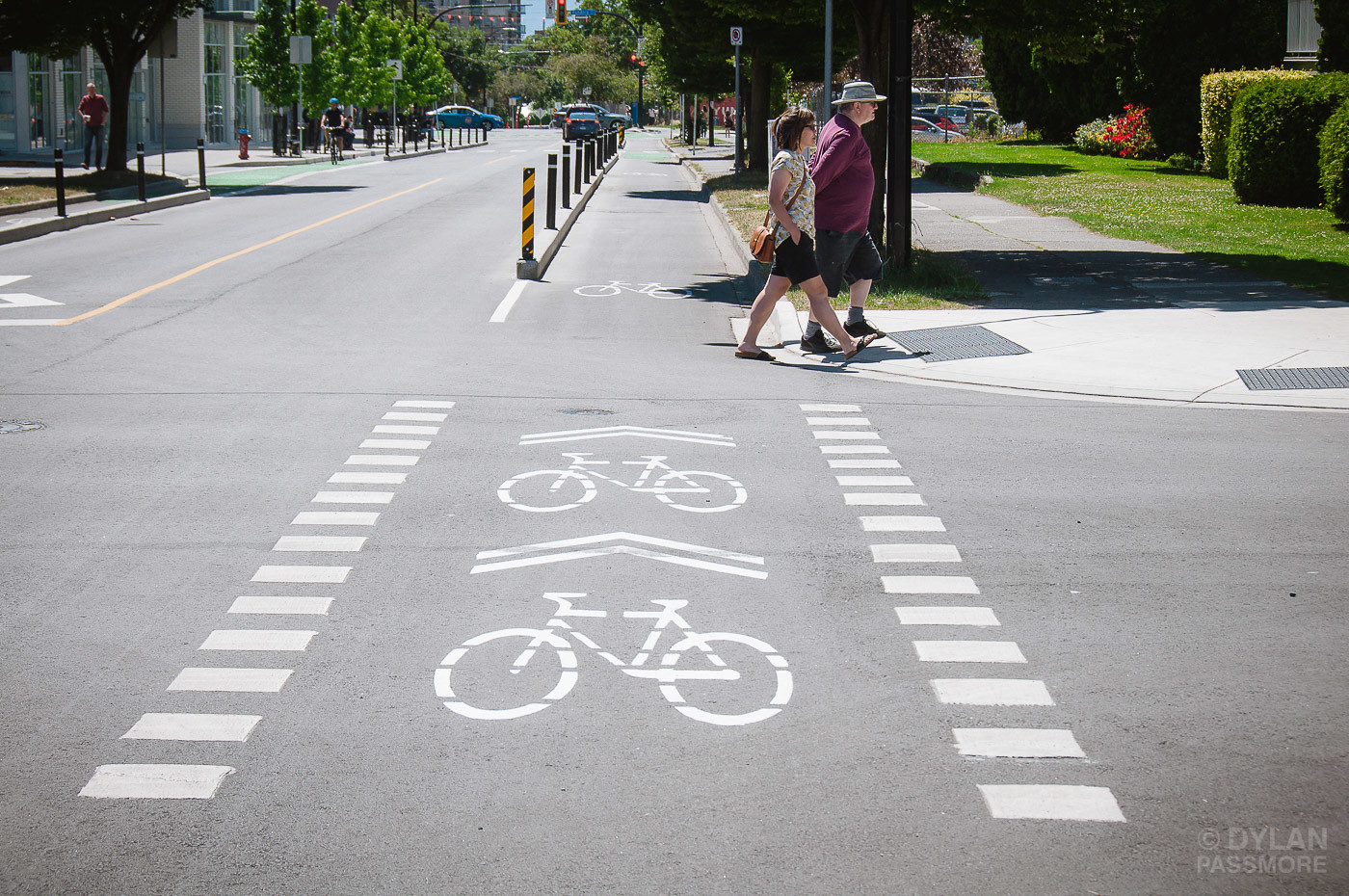By Charles Pekow — A bend in a narrow two-lane road with limited visibility creates a unique safety hazard for cyclists. But a solution may be found: an auxiliary bike lane or “turnout” around the bend according to Safety and User Perceptions of Auxiliary Bike Lanes, a study done at the University of Oregon (https://www.oregon.gov/odot/Programs/ResearchDocuments/SPR869_AuxiliaryBikeLanes.pdf).
Researchers surveyed 612 Oregon cyclists and motorists and almost all members of both groups liked the idea.
In such situations, traffic can back up if drivers slow down to accommodate a cyclist. Or they can try to pass the bike with insufficient space and-or visibility. Some roads even lack a shoulder.
After being shown a video, both cyclists and motorists said they felt better if such a lane would exist for cyclists. Findings also indicated that it would help to alert motorists via signs that such a lane was coming so they wouldn’t feel the need to quickly overtake a cyclist.
Study: Protected Bike Lanes Preferred
As you might expect, one reason some people don’t bicycle is that their local infrastructure isn’t built for bicycles. In other words, infrastructure, ranging from bike lanes to parking, needs to not only be built but to be designed to consider the needs of differing types of cyclists, reports a study in the Journal of Transport & Health that used a rather small sample – a survey of 40 people in the Melbourne region of Australia. Participants said they’d feel better with separated bike lanes, but that unprotected and painted lanes and symbols on the road wouldn’t have much impact on them.

Attribution-NonCommercial 2.0 Generic
They also wanted safe bike parking, such as in high-traffic areas or secure ones if out of the way. And if parking is placed in shopping centers, it should be near the entrance.
The surveyed included an equal number of men and women but most were between 54 and 74 years old.
See “Designing for the Interested but Concerned: A Qualitative Study of the Needs of Potential Bike Riders” at https://www.sciencedirect.com/science/article/pii/S2214140524000161







